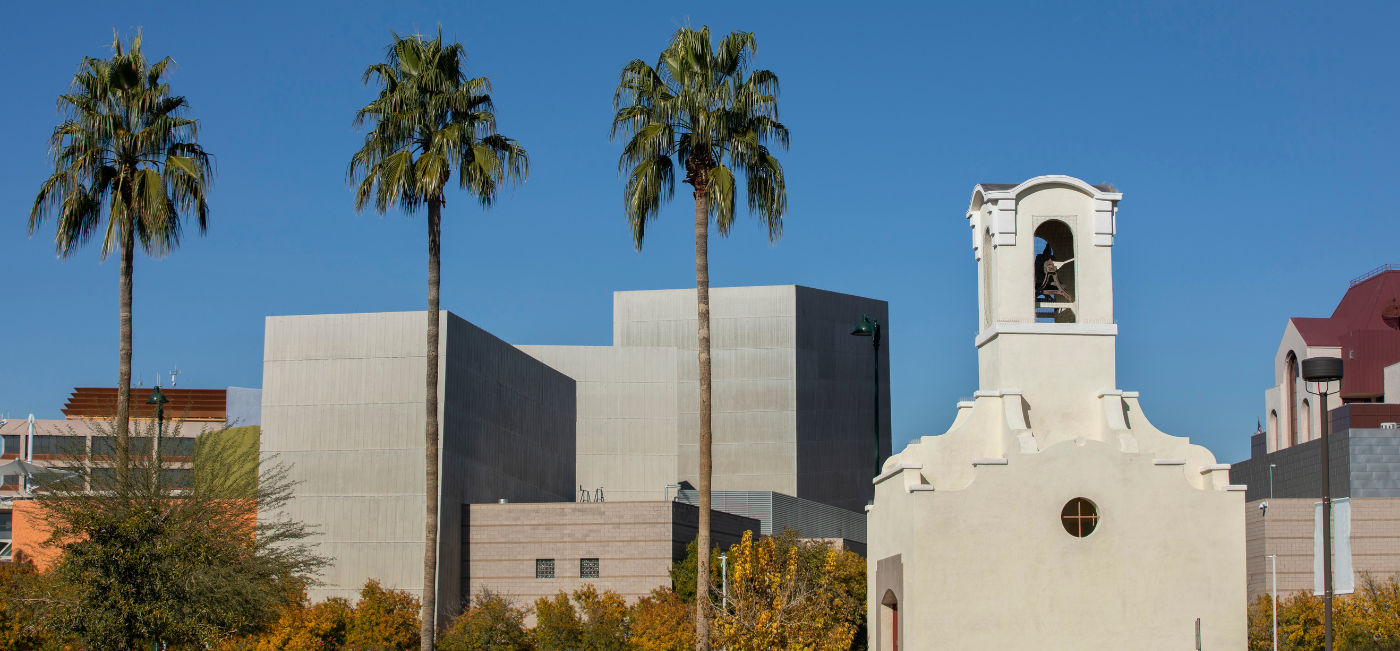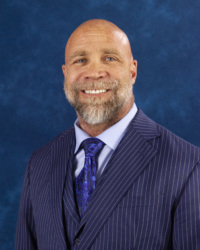“At least we aren’t Arizona” is how Mesa Public Schools Assistant Superintendent Randy Mahlerwein describes the state of the teacher workforce only a few short years ago. “It was a phrase I would hear from other states’ education leaders, meaning at least our shortages aren’t as bad as they are in Arizona.”
Teacher surveys revealed many of the same challenges plaguing other states—unsustainable working conditions, burnout, and unhappiness with pay—were contributing to staffing shortages. Conversations with principals revealed that new teachers were leaving the classroom after only a year and choosing to go into other fields like sales or marketing, and long-time teachers said they felt “trapped” due to the time they had invested and the implications for their benefits, all of which created a negative work environment.
To address these challenges, Mesa Public Schools (MPS), a district in Phoenix, Arizona, with a diverse student population, did something radical: It redesigned teachers’ work environment. MPS leadership believed that if they could improve teachers’ working conditions, they could improve job satisfaction, which could ultimately improve student outcomes. Dr. Mahlerwein captures it succinctly: “Happy teachers make happy kids, and happy energetic teachers make happy energetic learners.”
The district is situated in the backyard of Arizona State University’s Mary Lou Fulton Teachers College, which developed the Next Education Workforce model. MPS’s proximity to ASU made it a logical choice to be one of the model’s first adopters.
Working alongside ASU, which served as an external technical assistance provider, the district started a small pilot program in 2019, implementing the model in just a handful of classrooms in a single high school. This limited rollout enabled MPS leadership and ASU staff to provide focused, intensive support on common challenges like scheduling, helping to implement collaborative teaching strategies. It even supported schools with culture shifts—like creating a safe environment for teachers to take risks and experiment with the new model—which they believe helped ensure a successful transition. Dr. Mahlerwein noted, “We were able to scale this so quickly by building a psychologically safe team with our high school principals. They saw the benefit, and now teachers across all our high schools work together to identify and solve problems. Their collective efficacy has gone through the roof.”
Freshman students at five out of six comprehensive high schools across the district are now participating in a team-based model, and several middle schools utilize team instruction in every classroom. In total, roughly 40–50% of schools district wide are employing the model in some capacity, whether it be in all classrooms or confined to certain grade levels or subjects. And leaders are seeing an impact: MPS students taught by Next Education Workforce teaching teams, experienced 1.4 more months of reading growth than students in traditional models in the district. A recent analysis also showed that MPS teachers working in the model are more likely to remain at their school and are more likely to say they plan to stay in the teaching profession. Furthermore, Next Education Workforce teachers across the district receive higher evaluation scores on average, even when accounting for differences in teacher characteristics.
Asked to reflect on the advice he would give other districts in this work, Dr. Mahlerwein notes the importance of building buy-in from who he believes are the most influential leadership lever in any school: principals. “Principals essentially run small cities; [my] job is about identifying the right people and creating an environment in which they can do the right, innovative work. Once you get your principals to feel safe and believe in the vision, they can teach their teachers how to do it.”
Ultimately, MPS believes that the mission behind this work is to create a better work environment for adults, and that is what will lead to happier, more effective teachers that will stay in the classroom and improve student outcomes. While the long-term student impacts of the work remain to be seen, MPS is certainly building the case for these models as a solution to teacher satisfaction challenges.

